Compared to Mai Ba An’s previous poetry collections, the poetry collection “Sing & Cry” is thicker with 78 poems and a quatrain “Ngo” as a preface. What is special is that all of these poems have never appeared in previous poetry collections, although many of them were composed quite a long time ago. Therefore, coming to “Sing & Cry”, readers will recognize a Mai Ba An that is both familiar and new.
The collection of poems is structured into 8 intentional parts, with one part associated with a new poetic form and the remaining 7 parts using a typical verse as a common name. These are verses rich in expressive value, both stating the common theme of each part and acting as a preface with a predictive nature, knowing how to call out, such as: "That countryside garden has green trees and an old mother with white hair", "A simple desk drawer filled with memories", "It's just a game of impermanence", "Where can we find each other in the void", "Oh Fatherland! You are so sacred"...
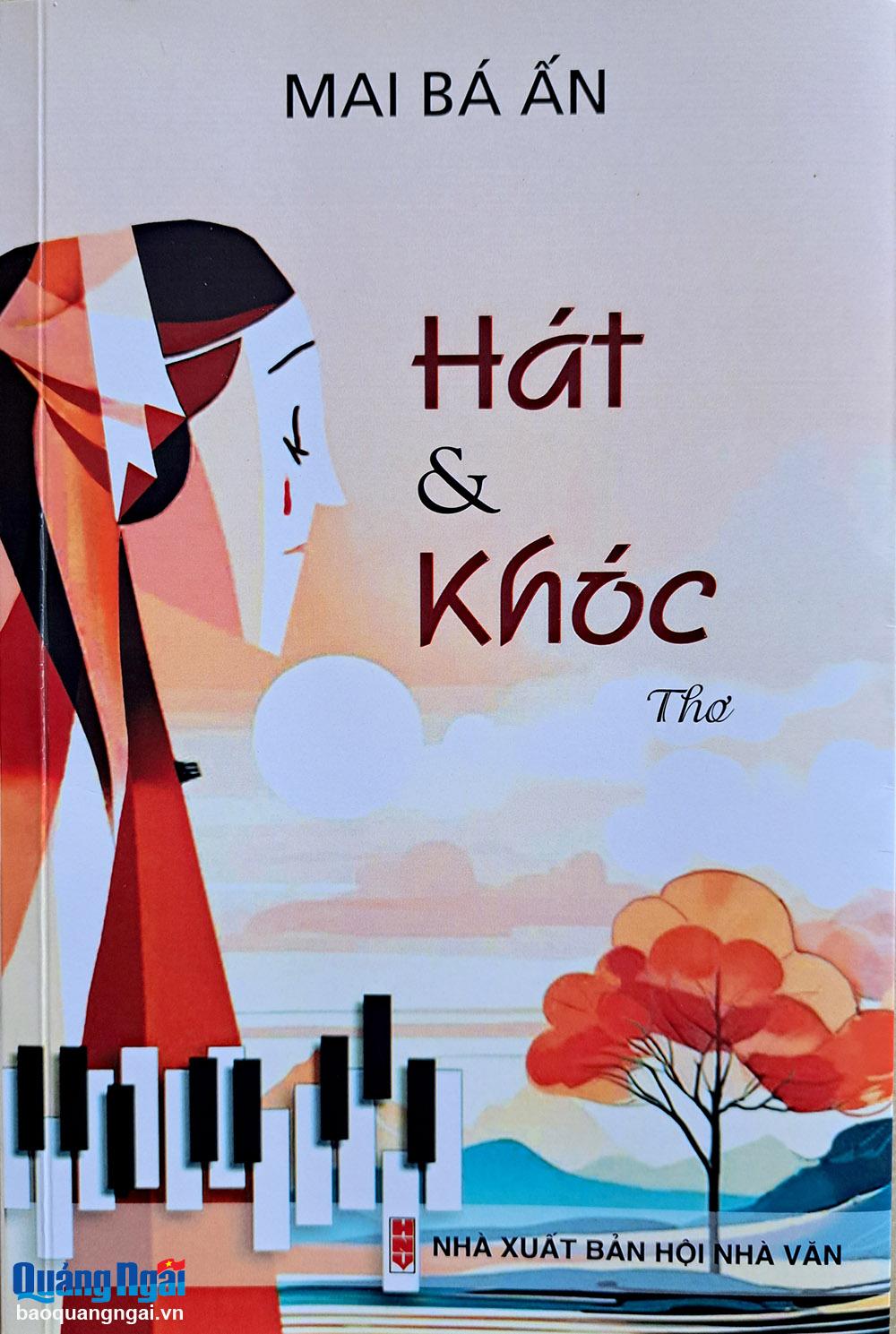 |
With “Sing & Cry”, we still meet a familiar Mai Ba An with the strengths that make up his style in poetry. That is the flexible, variable, simple six-eight verse form. It is also the verses about family, homeland, country, about the world and private life rich in emotion and contemplation, with language rich in images and rhythm. “returning to the countryside to find the young shepherds/ the villagers said: They have all gone astray/ only the old people tend the buffalo/ the shepherds- have white hair/ the sky and earth are empty” (Welcoming the soul of the countryside), the verses that are very Mai Ba An like the above can be encountered frequently in this collection of poems.
In addition, “Sing & Cry” also recognizes Mai Ba An’s efforts to innovate himself. As a critical theorist who always closely follows the literary life in the country, he observes and grasps the trends of contemporary poetry. The poet boldly steps out of his comfort zone to experiment with innovative ideas in his artistic concepts and expressive writing style. In addition to free verse and prose poetry, in “Sing & Cry”, for the first time Mai Ba An presents himself in the 1-2-3 verse form. This is a verse form recently created by Vietnamese people, attracting many participants, causing a stir in today’s literary life. In this collection of poems, Mai Ba An dedicates a section of 6 poems, named “Experimentation in Poetry 1-2-3”. These are works that have been published on a number of prestigious literary forums and are highly appreciated by many people. Poems 1-2-3 Mai Ba An is rich in contemplation, solid imagery, and surprising verses, such as: "In old age, my back was dislocated and I had to stay in one place/.../ Not because I fell and hurt myself/ Nor because I was greedy for work/.../ Not because I was jostling/ Dreaming of fame and fortune/ Just accidentally turned around to pick up a fallen yellow leaf".
In particular, although the poetic space is wide with many themes, poetic emotions often intertwined between seemingly opposing levels, "Sing & Cry" still dedicates to his hometown Quang Nam and his second hometown Quang Ngai the most intimate and profound verses: "The sky of Quang Ngai is immense/ rain... rain... rain... and rain.../ the hearts of Quang Ngai people are broken/ this year's crops failed..." (Poetry in the flood season). The verses about the theme of the country, sea, and islands in "Sing & Cry" also leave many emotions in the reader: "Our ancestors once crossed the ocean/ to form a navy to protect the sea and sky of our homeland/ Sacrificed without mats, without beds/ bamboo splints wrapped the body... looking for a way home/ In March, "the soldiers long for the border"/ longing for people... thinking about today again" (Each sail - a border milestone).
Compared to the previous three poetry collections, “Sing & Cry” is richer in themes and perspectives, more diverse in emotions and artistic techniques. What is valuable in this latest poetry collection is the efforts to innovate poetry by author Mai Ba An, a person with a deep passion for poetry.
PHAM TUAN VU
RELATED NEWS:
Source: https://baoquangngai.vn/van-hoa/tho/202503/tac-gia-tac-pham-den-voi-hat-khoc-cua-mai-ba-an-36b19a5/


![[Photo] Looking back at the impressive moments of the Vietnamese rescue team in Myanmar](https://vstatic.vietnam.vn/vietnam/resource/IMAGE/2025/4/11/5623ca902a934e19b604c718265249d0)




![[Photo] "Beauties" participate in the parade rehearsal at Bien Hoa airport](https://vstatic.vietnam.vn/vietnam/resource/IMAGE/2025/4/11/155502af3384431e918de0e2e585d13a)



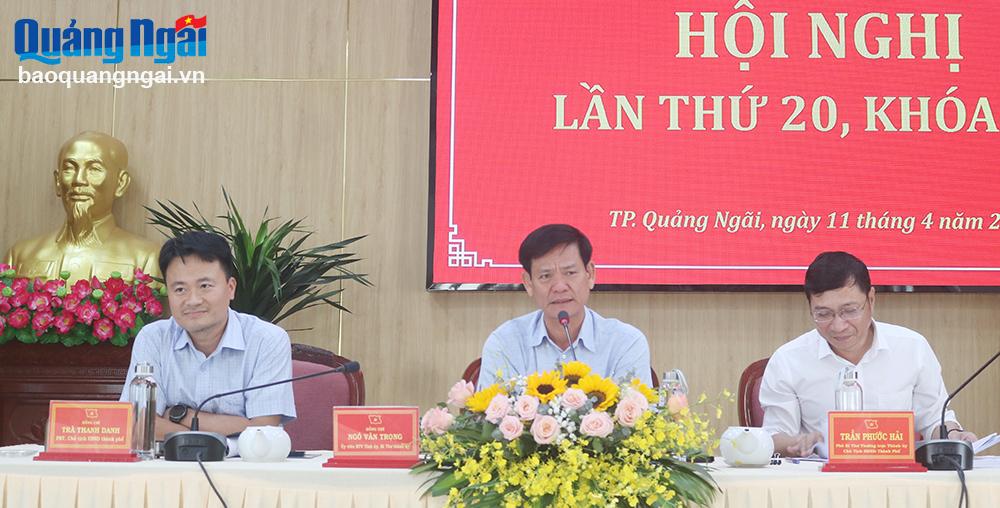








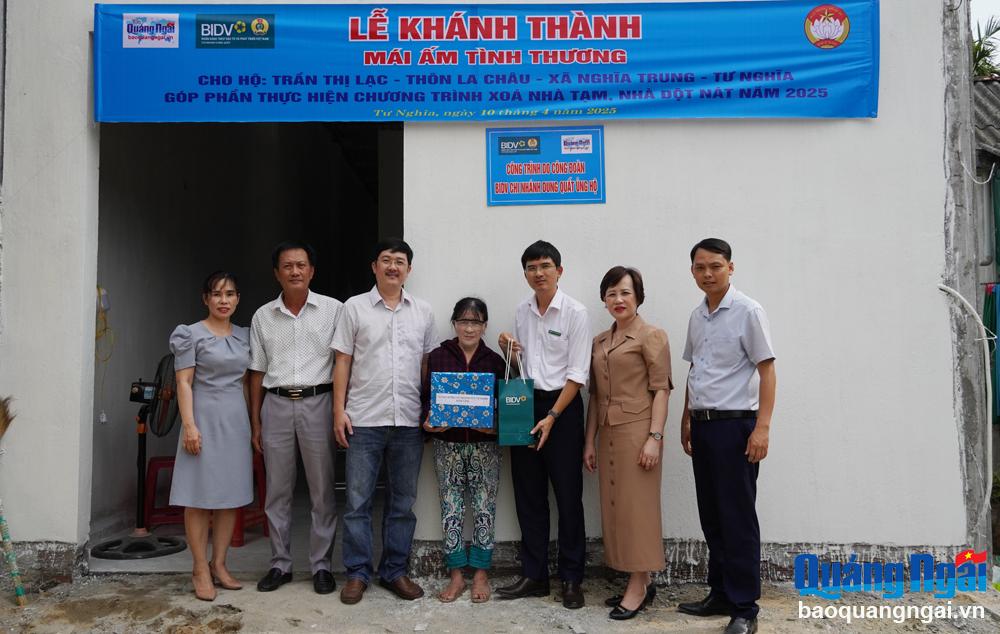

![[Photo] Summary of parade practice in preparation for the April 30th celebration](https://vstatic.vietnam.vn/vietnam/resource/IMAGE/2025/4/11/78cfee0f2cc045b387ff1a4362b5950f)












































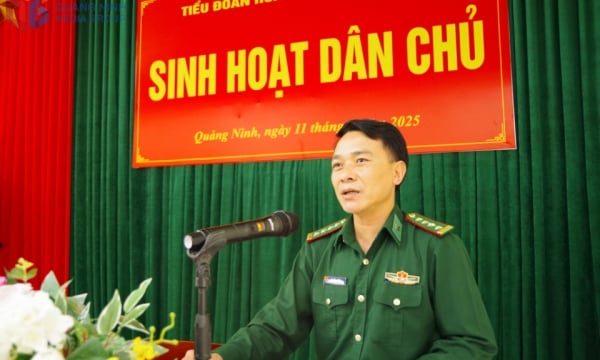
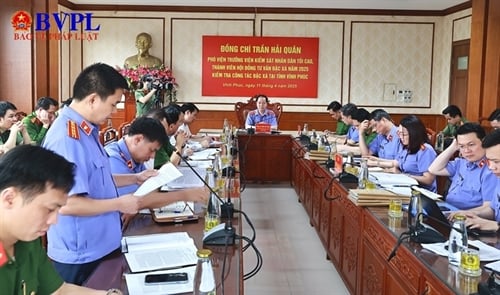

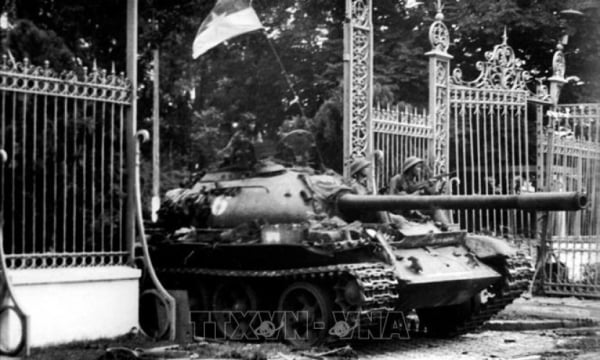









Comment (0)